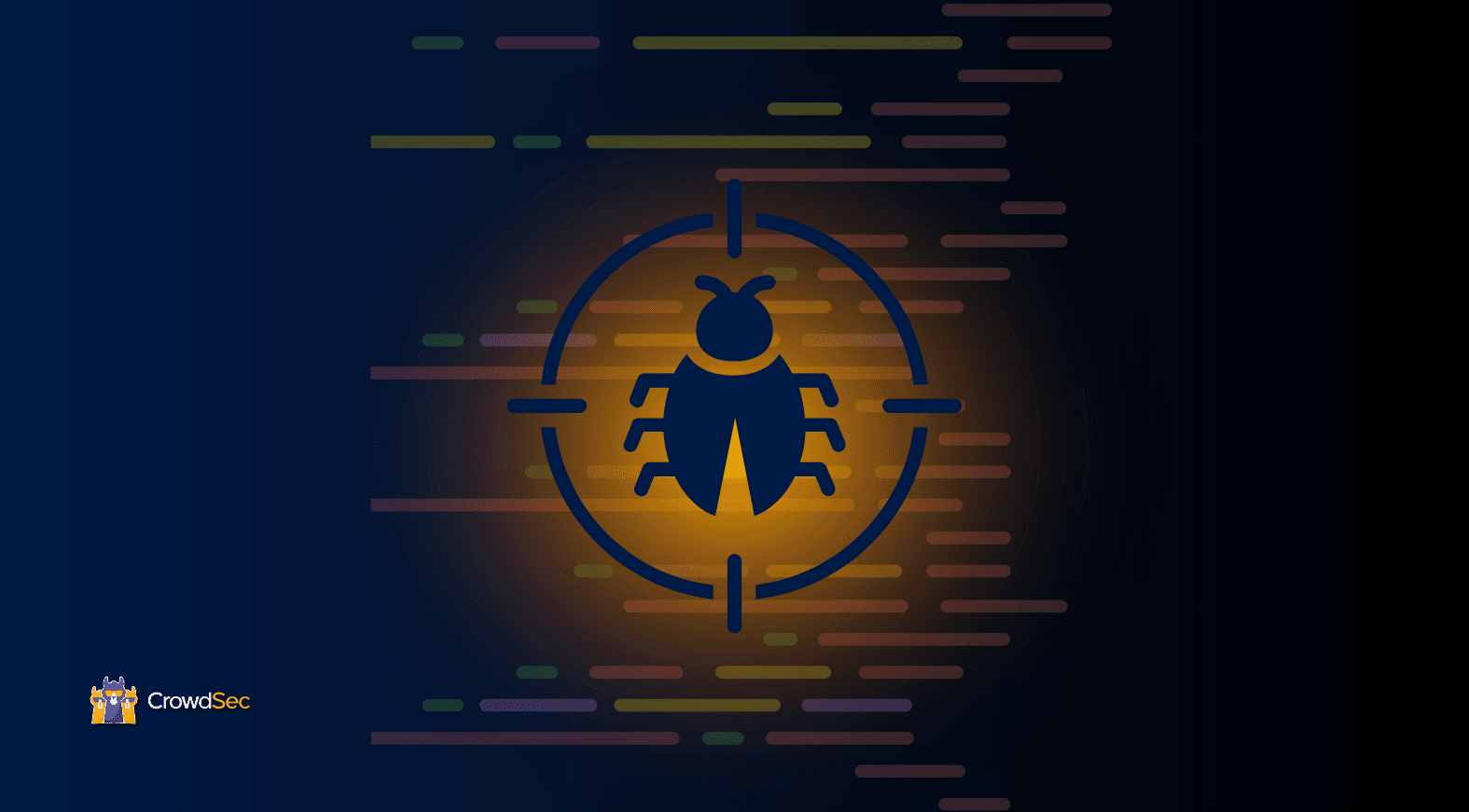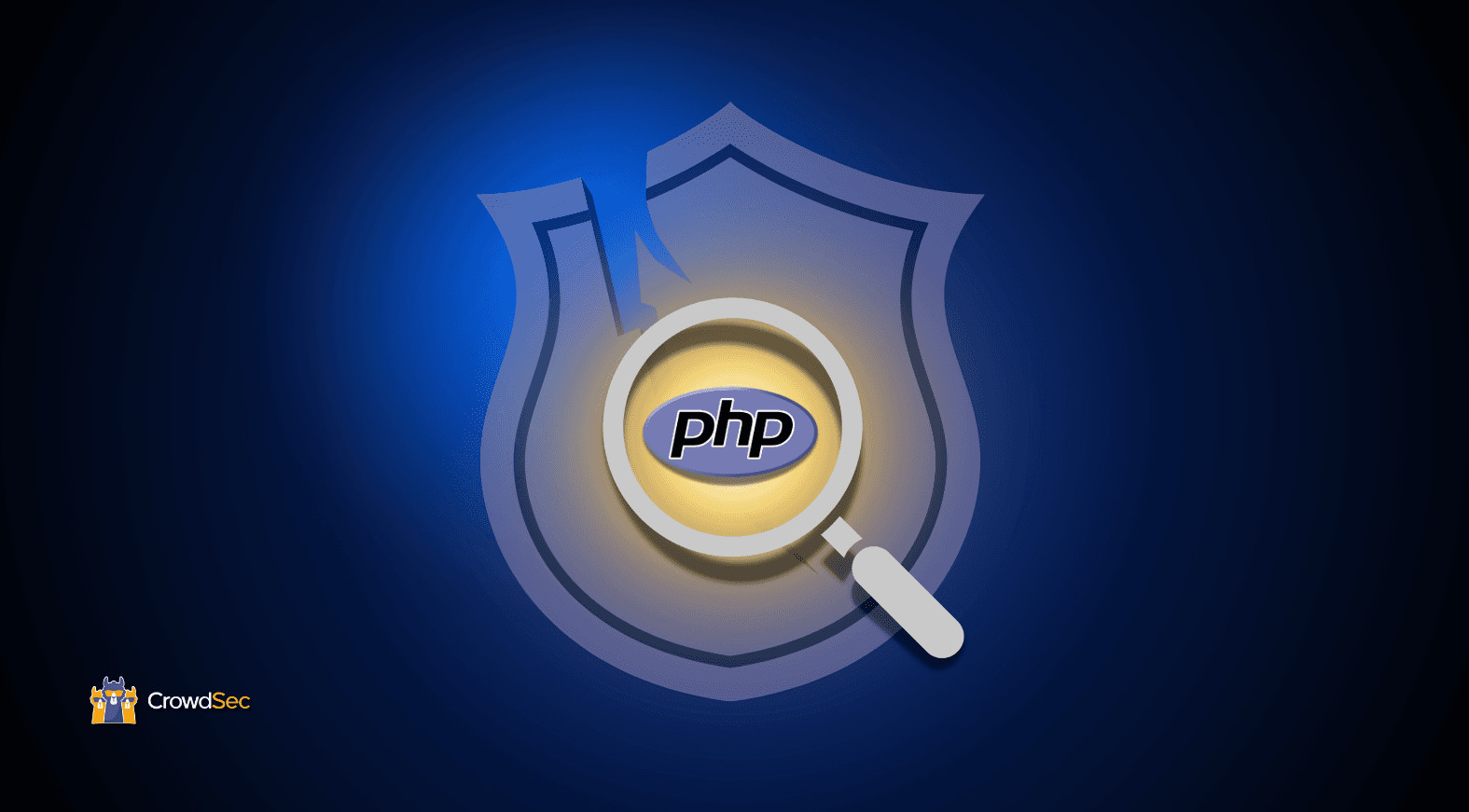
New Surge in VMware Workspace ONE Vulnerability CVE-2022-22954 Exploit Attempts Detected
Among the 29,000 vulnerabilities published as a CVE in 2022, CVE-2022-22954 is one of the more dangerous vulnerabilities, with a CVSS base score of 9.8. Recently there has been a significant uptick in exploitation attempts detected by the CrowdSec Network from bad actors located in China. To swiftly remediate this issue, we added the exploit as a rule for The CrowdSec AppSec Component.
This article serves as a reminder for security professionals to patch your VMware workspaces. Here I will also share some insights into the new attackers using this vulnerability.
The exploit
Since its introduction in 1999 there have been over 200,000 vulnerabilities published in the Common Vulnerabilities and Exposures (CVE) framework. As the number of vulnerabilities published each day grows, cyber security professionals are overwhelmed with figuring out whether a given vulnerability is actually at risk of being exploited. By leveraging CrowdSec’s large threat intelligence network, we know that most of these vulnerabilities very rarely lead to widespread adoption by threat actors. We suspect that this is mostly because proof-of-concept attacks are rarely published, which means that attackers don’t know a priori how difficult it will be to exploit the vulnerability in practice.
In the case of CVE-2022-22954, however, the exploit, as explained very succinctly by the Rapid7 team back in 2022, is simple and small enough to fit into a tweet. The Rapid7 team also showed that this vulnerability could be chained with other vulnerabilities of VMware products to gain a root shell for remote code execution. This showed that the exploit was both easy to use and significantly powerful in practice, which gave it a very high CVSS score.
The exploit itself is a classic case of Server-Side Template Injection (SSTI). Templating engines are systems used to insert user data into static HTML websites. For example, the web developer can write the template:
.png)
And for the user John Doe, it will then show up as:
.png)
In an SSTI, the user is able to get the server to render a user-submitted template. The templating engine used by VMware, Apache FreeMarker, allows a developer to execute system commands within the template using the freemarker.template.utility.Execute function. This function call is, therefore, often used in template injection attacks. In the specific case of CVE-2022-22954, templates could be injected into the deviceUdid parameter of the /catalog-portal/ui/oauth/verify endpoint.
To detect this, the CrowdSec Security Engine looks for calls to the utility.Execute function at this endpoint. Note that modern versions of FreeMarker allow sandboxing of the Execute function to prevent template injections from being easily exploitable.
A new surge in exploit attempts of the CVE-2022-22954
Usually, high CVSS scores cause defenders to patch their systems quickly and attacks to fall off as the attack surface rapidly decreases. This has been the case with log4shell as well. After a while, the real attacks drop away and, in turn, are replaced by a vast number of security scanners. This means that it’s not unusual to still see signals for old outdated vulnerabilities. To avoid such scanners polluting our threat intelligence, we maintain curated filters for the addresses of most scanner companies.
The following chart depicts the number of unique IPs reported for CVE-2022-22954 each day over the past 3 months:

The chart is split into two phases. A stable phase for 2 months, followed by a growth phase starting on the 19th of February 2024. The first phase is the baseline noise generated by vulnerability scanners. The second phase is the new surge in attacks. The same trend can be seen in the number of signals and the number of unique Security Engines reporting attacks.

Most of the attackers participating in this new attack wave have previously not been seen by the CrowdSec network. A good 40% of them come from Chinese IP addresses. Overlap analysis also reveals that the attackers attempt multiple similar attacks. Of note here should be the http-probing scenario which detects attackers that get served a significant number of 404/403 responses in a short time span.
Combined with the fact that most of these IPs were previously unseen, we suspect that this might be an attempt to build a new botnet using very common vulnerabilities, not all of which we currently have detection scenarios for.

We provide the following top 3 Indicators of Compromise (IoC) for this new wave of attacks:
180[.]184[.]92[.]67
101[.]37[.]172[.]117
175[.]6[.]99[.]204
Response
In response to this new wave of attacks, we have added detection for this exploit to our Web Application Firewall (WAF) using a rule in the CrowdSec AppSec Component. CrowdSec WAF users are now protected against future attempts by these attackers. If you are not using the CrowdSec WAF solution yet, make sure to activate the AppSec Component in your Security Engine. You can find more information in the CrowdSec documentation.
In addition to the new AppSec Component rule, about 30% of the malicious IPs performing CVE-2022-22954 exploitation attempts are by now part of the CrowdSec Intelligence Blocklist, and considering the ramping intensity of these attackers, more will be added in the coming days.
Want to stay ahead of the curve? Proactively block these IPs and don’t take any chances with the IPs massively exploiting the CVE-2022-22954 vulnerability potentially reaching your systems.
Block Mass Exploitation Attempts
Get immediate protection against active malicious IPs with CrowdSec’s actionable and real-time Blocklists.


